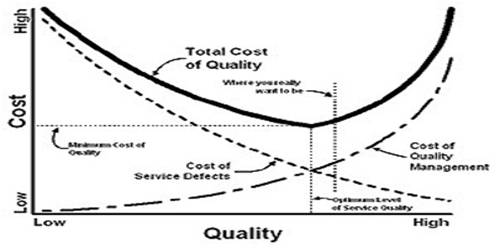When the MM and Miller models are modified to reflect financial distress and agency costs, the modified models are called trade-off models. It is the initiative that a company chooses how much debt finance and how much equity finance to use by balancing the costs and benefits.
Implications of the Trade-off models: The trade-off models do not permit us to specify a firm’s precise optimal capital structure, but they do enable us to make three statements about leverage:
(1) A firm with more business risk as measured by the variability of their return on assets ought to use less debt than lower-risk firms, other thing being equal.
(2) Firm those have tangible, readily marketable assets such as real estate can use more debt than firms whose value is delivered primarily from intangible assets such as patents and goodwill.
(3) Firms that are currently paying taxes at the highest rate, and that are likely to continue to do so in the future, should use more debt than firms with lower current and/or prospective tax rates.
The conventional trade-off model states that unless there is some slack in the system, improving any one of the four basic manufacturing capabilities – Quality, Dependability, Speed, and Cost – must necessarily be at the expense of one or more of the other three.
According to the trade-off models, each firm should set its target capital structure such that its costs and benefits of leverage are balanced at the margin because such a structure will maximize its value. If the trade-off models are correct, we would expect to find actual target structures that are consistent with the, three points just noted.















